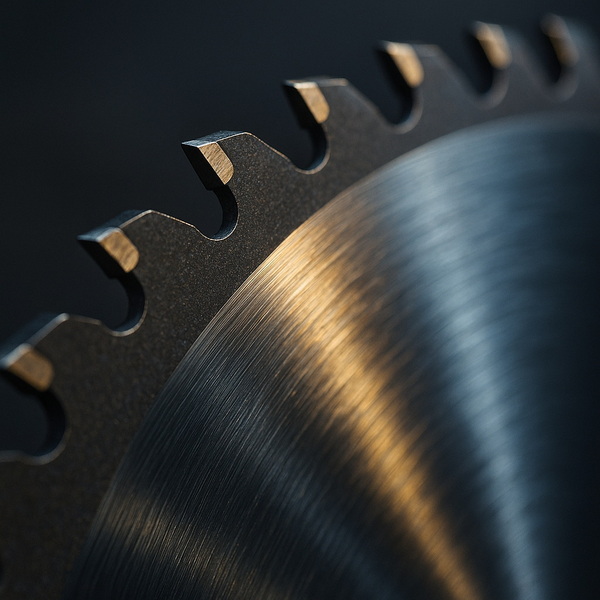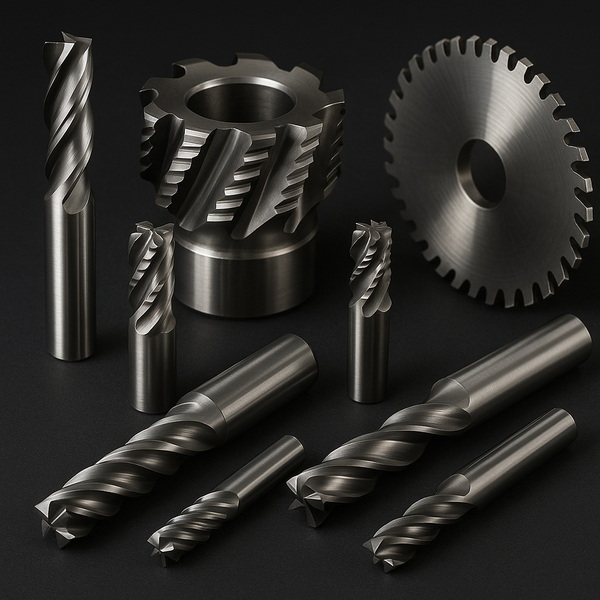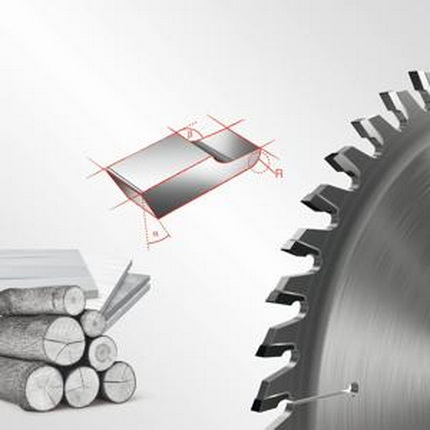Content Menu
● Introduction to Tungsten Carbide Steel
● The Science Behind Tungsten Carbide
>> Structure and Composition
● Manufacturing Process
● Key Properties of Tungsten Carbide Steel
>> Hardness and Wear Resistance
>> Strength and Toughness
>> Thermal Stability
>> Chemical and Corrosion Resistance
>> Electrical and Thermal Conductivity
● Comparison: Tungsten Carbide vs. Steel
● Applications Across Industries
>> Cutting Tools
>> Mining and Drilling
>> Industrial Machinery
>> Aerospace and Automotive
>> Medical and Dental Tools
>> Jewelry
● Advantages and Limitations
>> Advantages
>> Limitations
● Environmental and Economic Considerations
● Recent Advancements in Tungsten Carbide Steel
● Additional Applications
● Future Trends
● Conclusion
● FAQ
>> 1. What is tungsten carbide steel composed of?
>> 2. How does tungsten carbide steel differ from regular steel?
>> 3. What are the main uses of tungsten carbide steel?
>> 4. Can tungsten carbide steel be recycled?
>> 5. What are the limitations of tungsten carbide steel?
Tungsten carbide steel, often simply referred to as tungsten carbide or “carbide,” is a material that has revolutionized modern industry. It combines the exceptional hardness of tungsten carbide with the toughness of steel, resulting in a composite that is both incredibly durable and versatile. This article explores the science, manufacturing process, properties, applications, advancements, and future of tungsten carbide steel, providing a comprehensive guide for engineers, manufacturers, and enthusiasts.

Introduction to Tungsten Carbide Steel
Tungsten carbide steel is not a single metal but a composite material. It is produced by combining tungsten carbide (WC), a compound of tungsten and carbon, with metallic binders such as cobalt or nickel. The result is a material that exhibits the best qualities of both its constituents: the extreme hardness and wear resistance of tungsten carbide, and the toughness and ductility of steel. This unique combination makes tungsten carbide steel an essential material in industries ranging from manufacturing to jewelry.
The Science Behind Tungsten Carbide
Tungsten carbide is a chemical compound formed from equal parts tungsten and carbon atoms. Its molecular formula is WC. In its purest form, tungsten carbide is a fine gray powder, but it is typically pressed and sintered into solid shapes for industrial use.
Structure and Composition
- Crystal Structure: Tungsten carbide has a dense hexagonal crystal structure, which contributes to its remarkable hardness and rigidity.
- Hardness: On the Mohs scale, tungsten carbide rates between 9 and 9.5, just below diamond.
- Density: It is about twice as dense as steel, with a specific gravity of approximately 15.6.
- Bonders: Cobalt or nickel is commonly used as a binder, enhancing the toughness of the composite.
Manufacturing Process
The production of tungsten carbide steel involves several precise steps:
1. Powder Preparation: Tungsten and carbon powders are mixed in a specific ratio.
2. Carburization: The mixture is heated in a furnace, causing the tungsten and carbon to form WC.
3. Mixing with Binder: The WC powder is blended with a binder metal, typically cobalt.
4. Compacting: The mixture is pressed into the desired shape.
5. Sintering: The compacted form is heated at high temperatures (around 1500°C), causing the binder to melt and bond the carbide particles together, resulting in a dense, solid material.
6. Finishing: The sintered part may be ground or polished to achieve the required precision and surface finish.
Key Properties of Tungsten Carbide Steel
Hardness and Wear Resistance
Tungsten carbide steel is renowned for its exceptional hardness, rivaling that of diamond. This property makes it extremely resistant to abrasion, erosion, and deformation, even under high-stress conditions.
Strength and Toughness
While pure tungsten carbide is hard but brittle, the addition of a metallic binder imparts toughness, allowing the material to withstand impacts and shocks.
Thermal Stability
Tungsten carbide steel maintains its hardness and structural integrity at temperatures up to 1000°C, making it suitable for high-speed machining and cutting applications.
Chemical and Corrosion Resistance
It is resistant to most acids and bases, although it can be attacked by strong acids like hydrofluoric acid. Its corrosion resistance is generally superior to that of regular steel, though not as high as stainless steel.
Electrical and Thermal Conductivity
Tungsten carbide steel has good thermal conductivity, which helps dissipate heat during cutting or drilling operations. Its electrical conductivity is comparable to that of many metals.
Comparison: Tungsten Carbide vs. Steel
| Property | Tungsten Carbide Steel | Regular Steel |
| Hardness (Mohs) | 9 - 9.5 | 4 - 4.5 |
| Density (g/cm³) | 15.6 | 7.8 |
| Wear Resistance | Extremely High | Moderate |
| Toughness | High (with binder) | Very High |
| Melting Point (°C) | ~2870 | ~1370 - 1510 |
| Corrosion Resistance | Good | Varies (best in stainless) |
| Cost | High | Low to Moderate |
Applications Across Industries
Tungsten carbide steel's unique properties enable its use in a wide range of demanding applications:
Cutting Tools
- Drill Bits: Used for drilling through hard materials like concrete, stone, and metals.
- Milling Cutters and Inserts: Essential in CNC machining for their durability and precision.
- Saw Blades: Employed in woodworking, metalworking, and construction.
Mining and Drilling
- Rock and Earth Drilling Tools: Outperform steel tools in longevity and efficiency.
- Oil and Gas Exploration: Drill bits and wear parts made from tungsten carbide steel withstand harsh, abrasive environments.
Industrial Machinery
- Wear Parts: Bearings, nozzles, and valve seats that must endure constant friction and pressure.
- Forming and Stamping Dies: Used in metal forming processes due to their ability to maintain shape under extreme forces.
Aerospace and Automotive
- Engine Components: Valves, seals, and other parts exposed to high temperatures and wear.
- Aerospace Tooling: For manufacturing high-precision, wear-resistant components.
Medical and Dental Tools
- Surgical Instruments: Scalpels, scissors, and dental burrs benefit from the sharpness and longevity of tungsten carbide steel.
Jewelry
- Rings and Watches: Popular for their scratch resistance and distinctive appearance.

Advantages and Limitations
Advantages
- Exceptional Hardness: Outperforms most other materials in resisting wear and maintaining sharpness.
- High Temperature Resistance: Remains stable and hard at elevated temperatures.
- Long Tool Life: Reduces replacement frequency, lowering operational costs.
- Versatility: Can be tailored for specific applications by adjusting binder content and grain size.
Limitations
- Brittleness: Despite added toughness, tungsten carbide steel can fracture under extreme impact.
- Cost: Higher initial investment compared to conventional steels.
- Processing Difficulty: Requires specialized equipment for shaping and finishing due to its hardness.
- Thermal Expansion Mismatch: Can lead to cracking if bonded to materials with different expansion rates.
Environmental and Economic Considerations
The production of tungsten carbide steel is energy-intensive, involving high-temperature processes and the use of rare materials. However, its long lifespan and recyclability offset some of the environmental impact. Worn-out tungsten carbide tools can be reclaimed and reused, reducing waste and conserving resources.
Recent Advancements in Tungsten Carbide Steel
Recent advancements in tungsten carbide steel technology have focused on improving its toughness and reducing brittleness. Researchers have developed new binder materials and nano-structured composites that enhance the material's performance under extreme conditions. These innovations allow tungsten carbide steel to be used in even more demanding applications, such as in aerospace engines and high-precision medical devices.
Additional Applications
Beyond traditional uses, tungsten carbide steel is increasingly being utilized in the electronics industry for manufacturing components that require high wear resistance and thermal stability. It is also finding applications in renewable energy sectors, such as in wind turbine blade manufacturing and solar panel production, where durability and resistance to environmental factors are critical.
Future Trends
The future of tungsten carbide steel lies in the development of more sustainable manufacturing processes and recycling techniques. Advances in additive manufacturing (3D printing) are enabling the production of complex tungsten carbide steel parts with reduced waste. Additionally, ongoing research aims to create composites with enhanced properties by combining tungsten carbide with other advanced materials, potentially opening new frontiers in material science.
Conclusion
Tungsten carbide steel stands as a testament to modern material science, offering a blend of hardness, toughness, and durability unmatched by most metals. Its role in manufacturing, mining, aerospace, and even jewelry underscores its versatility and value. While it comes with certain limitations, such as brittleness and higher cost, its advantages in performance and longevity make it indispensable in critical applications. As technology advances, new manufacturing techniques and recycling methods are likely to enhance its sustainability and accessibility, ensuring that tungsten carbide steel remains at the forefront of industrial innovation.

FAQ
1. What is tungsten carbide steel composed of?
Tungsten carbide steel is a composite material made primarily from tungsten carbide (WC), which is a compound of tungsten and carbon, combined with a metallic binder such as cobalt or nickel. This combination provides both extreme hardness and improved toughness.
2. How does tungsten carbide steel differ from regular steel?
Tungsten carbide steel is significantly harder and more wear-resistant than regular steel. While steel is tougher and more ductile, tungsten carbide steel maintains its sharpness and resists abrasion much longer, making it ideal for cutting and drilling tools.
3. What are the main uses of tungsten carbide steel?
It is widely used in the manufacture of cutting tools, mining and drilling equipment, industrial machinery parts, aerospace and automotive components, medical instruments, and jewelry. Its hardness and durability make it suitable for any application requiring high wear resistance.
4. Can tungsten carbide steel be recycled?
Yes, tungsten carbide steel is recyclable. Worn tools and scrap material can be processed and reused, which helps conserve resources and reduce environmental impact.
5. What are the limitations of tungsten carbide steel?
Despite its many advantages, tungsten carbide steel can be brittle and may fracture under high impact. It is also more expensive than conventional steels and requires specialized equipment for manufacturing and finishing.
















